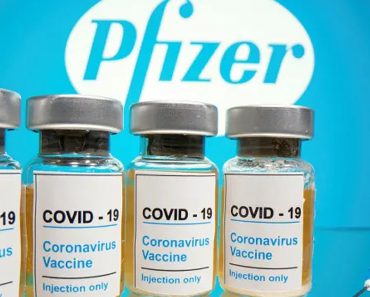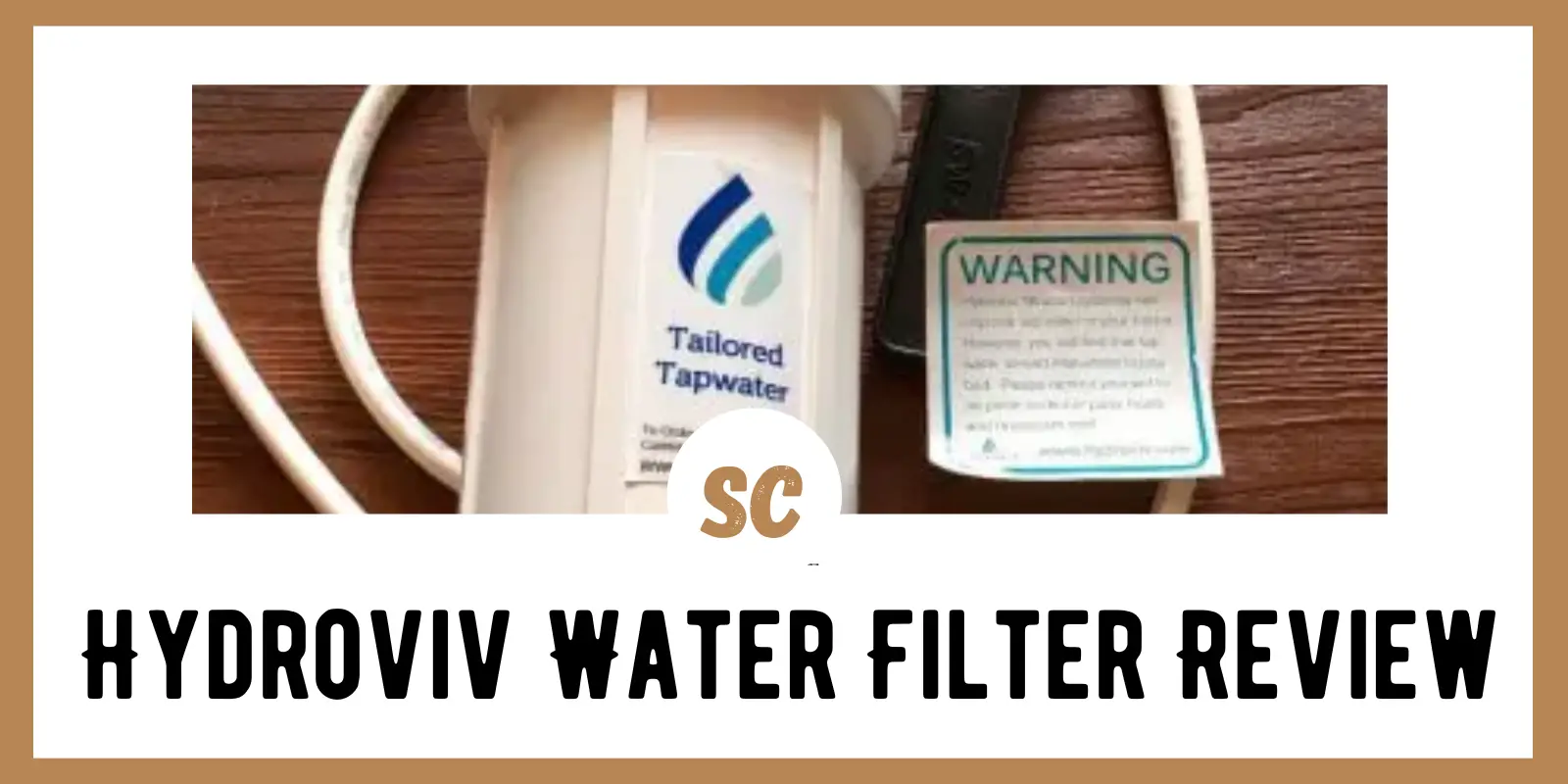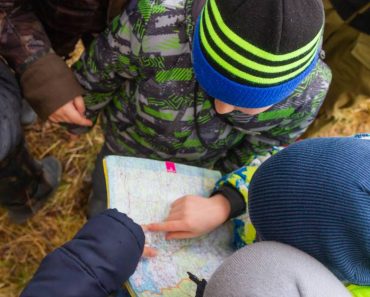Initially, when I began gardening, I dedicated a significant amount of time to understanding how various predators, such as flies, wasps, spiders, and others, could effectively control the population of garden pests and promote the overall health of my backyard ecosystem.
In my garden and your garden as well, there are numerous natural predators you might not be aware of. These predators range from well-known ladybugs and spiders to the less familiar parasitic wasps. They play a vital role in protecting your plants, and they can save your garden without the need to use pesticides.
In the wild, insects, amphibians, reptiles, and birds have traditionally regulated pest numbers. For instance, ladybugs keep aphids in check, while centipedes will help you get rid of caterpillars, earwigs, slugs, and many other pests.
These natural predators are known for keeping pests populations under control, but they are not a fail-proof method to protect your garden, even if they are the first line of defense. Environmental changes and natural disasters often affect the balance between prey and predator, and that’s when you need to intervene to save your plants.
The natural predator-prey balance
One study conducted by researchers at the University of California found that gardens with a high diversity of predator species, such as spiders, lady beetles, and lacewings, had significantly lower levels of pest damage compared to gardens with low predator diversity. The study also found that the effectiveness of predator control varied depending on the type of pest and the environmental conditions, suggesting that a mix of different predators may be necessary for effective pest control.
A similar study published in the journal Biological Control found that natural predators such as spiders, ground beetles, and rove beetles were effective at controlling pests in urban gardens. This study also found that planting flowers to attract beneficial insects, such as parasitic wasps and hoverflies, can help to support natural pest control.
Overall, these studies and many others suggest that promoting natural predator populations and flora diversity can be an effective way to manage pest populations in gardens without relying on pesticides and other harmful chemicals that can affect the environment. Creating habitats for beneficial insects, such as planting diverse flower beds and providing shelter and water sources, can help to support these predator populations and maintain a natural balance in the garden ecosystem.
In my garden, I’ve tried to create various habitats for these natural garden predators, and I’ve seen that with the rise in biodiversity, the populations of these predators have also increased. The trick to maintaining a balance between predator and prey is to make sure there is some food left for these natural predators. Therefore, I’ve learned in time to let some pests live so that they can become food for others.
How well you manage to tolerate the presence of pests is decisive for your entire garden because if you decide to use chemicals to lower the number of pests, you will kill both prey and predators.
Natural predators
I first learned about natural predators years ago when I saw a few videos of beetle carcasses walking around (zombie bugs) posted in various gardening Facebook groups. I then learned that there are also parasitoid insects that lay their eggs inside other insects, and once the eggs hatch, the larvae end up consuming the host, eventually bursting out of it.
After doing a little bit of research, I learned that a diverse range of natural predators can be found in my garden. They are beneficial to my garden and the health of the plants. Let’s look at some of these natural predators.
Birds
Birds can be effective natural predators of garden pests, and there are several species of birds in the United States that will help you get rid of pests. Here are some of the birds that are commonly known to eat garden pests:
Bluebirds are insectivores that feed on a variety of insects, including caterpillars, beetles, and grasshoppers. Chickadees are small birds that feed on insect eggs, larvae, and pupae. They are particularly effective at controlling the populations of caterpillars. Nuthatches are also insectivores that feed on a variety of insects, including beetles, caterpillars, and ants. Wrens are known for their insectivorous diet and are particularly effective at controlling the populations of caterpillars, aphids, and other small insects. Swallows are aerial insectivores that feed on a variety of flying insects, including mosquitoes, flies, and moths.
Encouraging these birds to visit your garden can be as simple as providing food and shelter. Planting native plants and trees can attract insects, which in turn can attract birds. Providing birdhouses and nesting boxes can also encourage birds to take up residence in your garden. Additionally, providing a reliable source of water, such as a bird bath, can help to attract and support bird populations in your garden.
Toads and frogs
Toads and frogs are both amphibians that can be found in your garden, but there are some key differences between the two in terms of their appearance and behavior. Regarding appearance, toads are generally shorter and stockier than frogs, with dry, bumpy skin that helps them retain moisture. Frogs, on the other hand, have smooth, moist skin and are typically more slender in shape.
Toads are generally more terrestrial than frogs and will spend more time on land than in water. Frogs, on the other hand, are more aquatic and will spend most of their time in or near water. If your garden has a pond, chances are you have a couple of frogs living in it.
Both toads and frogs are beneficial to gardens because they feed on a variety of garden pests. Toads are known to feed on slugs, snails, ants, beetles, and caterpillars. They are particularly effective at controlling populations of slugs and snails, which can be a major problem in some gardens.
Frogs are also known to feed on a variety of insects, including mosquitoes, flies, and grasshoppers. They are particularly effective at controlling populations of mosquitoes.
Both amphibians can be attracted to gardens by providing a diverse habitat with plenty of vegetation and a water source.
Reptiles
Reptiles can play an important role in garden pest control, although they often feed on other natural predators as well, such as toads and frogs.
Many species of snakes, including garter snakes, king snakes, and rat snakes, feed on rodents and other small mammals that can damage gardens. Several species of lizards, including anoles and geckos, are known to feed on insects such as crickets, grasshoppers, and beetles. Skinks are a type of lizard that feeds on a variety of insects, including grasshoppers, caterpillars, crickets, and beetles.
To attract beneficial reptiles to your garden and promote natural pest control, it’s crucial to provide them with an appropriate environment. They thrive in open, sunny spots where they can bask in the sun. You can create these areas by using corrugated metal sheets, which are perfect for grass snakes and slow worms to soak up some sun.
Lizards, on the other hand, prefer sunny walls or rock piles. Compost heaps also serve as an excellent heat source and may attract these reptiles. It’s also vital to consider hibernation spots for these reptiles, such as piles of leaves, logs, or undisturbed rocks. By creating a suitable habitat for these helpful reptiles, you can further enhance natural pest control in your garden.
Parasitic flies
These thick flies are often confused with the bothersome houseflies, but they are a different species. They are mostly gray-black in color with short antennae and enormous eyes. They deposit their eggs on leaves, so the host will consume either the eggs or the newly hatched larvae as it feeds.
Parasitic flies, like tachinids, parasitize hosts, including sawfly larvae, caterpillars, and leather jackets. The fly larvae then consume the host insect from the inside, eventually killing it. Tachinid flies can help to control populations of caterpillars, cabbage loopers, and other garden pests.
Conopid flies are parasitic flies that lay their eggs on the bodies of bees and wasps. The fly larvae then burrow into the host insect and consume it from the inside. Conopid flies can help to control populations of bees and wasps, which can be important pollinators but can also be garden pests.
Soldier flies are a family of flies that are known for their larvae, which are often used in composting to break down organic matter. However, some species of soldier flies are also parasitic and lay their eggs on the bodies of other insects, such as aphids and mealybugs.
Syrphid flies, also known as hoverflies, are a family of flies that are important pollinators and natural predators of garden pests. The adult flies feed on nectar and pollen, while the larvae consume aphids, thrips, and other small insects.
Parasitic wasps
Parasitic wasps can attack hosts in various stages, including eggs, larvae, and adults, with the larvae feeding on nonessential organs and fat stores first to keep the host alive longer. The larvae will pupate inside or outside the host’s body, depending on the species.
There are many species of parasitic wasps found in U.S. gardens, and here are a few examples of parasitic wasps along with details about the garden pests they eat:
Braconid wasps are a family of parasitic wasps that can be found in most regions of the United States. They lay their eggs on the bodies of a variety of pests, including caterpillars, beetles, and stink bugs. Braconid wasps can help control populations of tomato hornworms, corn earworms, and cabbage loopers.
Trichogramma wasps are tiny parasitic wasps that are known for their ability to control populations of moth and butterfly eggs. They lay their eggs inside the eggs of pests such as corn earworms and cabbage loopers, and the wasp larvae consume the host egg from the inside, preventing it from hatching. Trichogramma wasps can be particularly effective at controlling pest populations in vegetable gardens.
Ichneumon wasps are a large and diverse family of parasitic wasps that can be found in many gardens across the country. They lay their eggs on a variety of pest insects, including caterpillars, aphids, and beetles. The wasp larvae consume the host insect from the inside, eventually killing it. Ichneumon wasps can help to control populations of cabbage loopers, cutworms, and squash vine borers.
Centipedes
Centipedes are a type of arthropod that can be found in gardens, forests, and other habitats throughout the world. They are long, flattened creatures with numerous pairs of legs and are known for their ability to move quickly and their predatory behavior.
Centipedes feed on a variety of small animals, including insects, spiders, and other arthropods. They are particularly effective at controlling populations of pests such as cockroaches, crickets, and termites. Here are two examples of centipedes that can be found in your garden:
The House centipede (Scutigera coleoptrata) is a common species that can be found in gardens and homes throughout the U.S. They are known for their long, flattened bodies and multiple pairs of legs. House centipedes feed on a variety of garden pests, including ants, bedbugs, and cockroaches.
The Stone centipede (Lithobiomorpha) is a family of centipedes that can be found in gardens throughout the U.S. They are typically brown or gray in color and have long, slender bodies. Stone centipedes feed on a variety of garden pests, including slugs, snails, and caterpillars.
If you want to attract centipedes to your garden to help control pests, you need to provide them with shelter since they like to hide in dark and damp places during the day. Use rocks, logs, or other natural materials to create a sheltered area where they can rest.
Another thing you can do is to keep your garden well-watered since centipedes prefer moist soil. Use a soaker hose or drip irrigation system to keep the soil consistently moist.
Keep in mind that while centipedes can be beneficial in controlling the populations of some garden pests, they can also become pests themselves in high numbers.
Spiders
Spiders are one of the most important natural predators residing in your garden since they kill more prey than they eat. They are generalist hunters and have varied diets. There are many species of spiders that can be found in U.S. gardens, and you’ve probably seen some of them in your garden without paying too much attention to them. Here are some species that are beneficial for your garden:
Jumping spiders (Salticidae): Jumping spiders are a common type of spider. They are small and agile and are known for their ability to jump several times their body length. Jumping spiders are generalist predators and will feed on a variety of garden pests, including flies, aphids, and caterpillars.
Wolf spiders (Lycosidae): Wolf spiders are a family of spiders that can be found in gardens throughout the U.S. They are typically brown or gray in color and have a hairy appearance. They are active hunters that will chase down their prey. They feed on a variety of garden pests, including beetles, crickets, and grasshoppers.
Orb-weaver spiders (Araneidae): Orb-weaver spiders are known for their distinctive circular webs, which they use to catch prey. Orb-weaver spiders are generalist predators and will help you also get rid of flies, mosquitoes, and moths.
Crab spiders (Thomisidae): Crab spiders are a family of spiders named so due to their crab-like appearance and are typically yellow or white in color. Crab spiders are ambush predators and will wait for their prey to come within striking distance. They feed on a variety of garden pests, including bees, flies, and moths.
Earwigs
Earwigs are a type of insect with a distinctive appearance. They have long, slender bodies and pincers at the end of their abdomens. Although they are often considered a garden pest, earwigs can actually be beneficial to your garden ecosystem because they feed on a variety of other garden pests, including aphids, mites, various insect eggs, and many soft-bodied insects such as thrips and whiteflies.
Despite their beneficial role in the garden, earwigs can sometimes become a problem if their populations spread out of control. They are known to feed on the leaves and flowers of plants and can cause damage to fruit and vegetables by feeding on the skin.
If you notice an abundance of earwigs in your garden, you can trap them by placing damp newspapers or cardboard in the garden overnight. Earwigs, like centipedes, will often seek out damp and dark spots to hide during the day, and will gladly crawl into the newspapers or cardboard.
Concluding
Natural predators such as birds, insects, spiders, toads, and snakes feed on a wide range of garden pests, and they are your ally in keeping your garden safe. By promoting a diverse ecosystem with plenty of natural predators, gardeners can reduce the need for harmful pesticides, which can harm both pests and beneficial insects. This approach not only helps to control pest populations but also promotes a healthier and more sustainable garden environment.




























